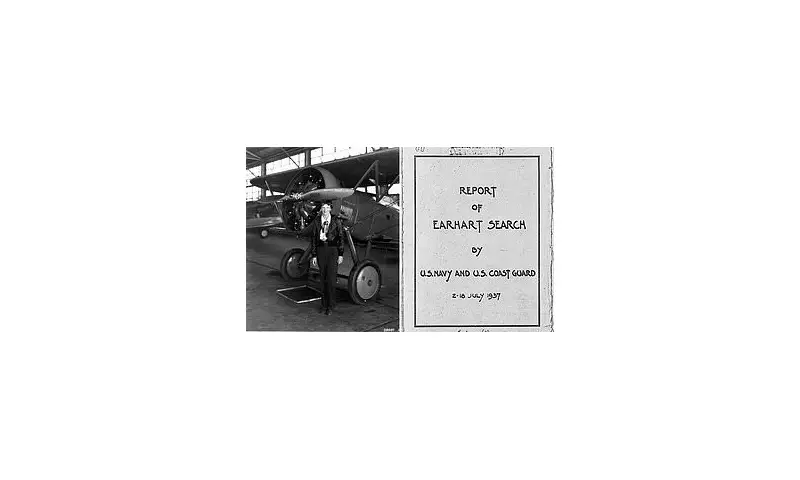
Recently declassified government documents have unveiled poignant new details about the final hours of aviation pioneer Amelia Earhart, shedding fresh light on one of history's most enduring mysteries.
The US National Archives released 4,624 pages of previously classified records on Friday, following a directive from President Donald Trump to disclose all government files related to Earhart's disappearance. The publication fulfils his September 26 order to release 'all government records related to Amelia Earhart, her final trip and everything else about her.'
The Final Transmission
The documents reveal intimate details of Earhart's desperate final radio communications on July 2, 1937, as she and navigator Fred Noonan attempted to locate Howland Island in the Pacific Ocean. The aviator's last confirmed transmission captured her growing desperation as she circled aimlessly, unable to spot the tiny atoll through heavy cloud cover.
Earhart's voice crackled through the radio at 8:43am local time, informing the US Coast Guard cutter Itasca that her Lockheed 10-E Electra was running dangerously low on fuel. She pleaded with the ship's crew to act as 'a giant radio compass' to guide her to safety.
'We are on the line 157-337... circling but cannot hear you... Go ahead on 7500,' were among the final words spoken by Earhart, followed by her request to repeat on 6210 kHz: 'Will repeat this message... Wait.'
Critical Delays and Missed Opportunities
The newly released files explain that the Itasca's crew attempted to assist the stricken aviator, but encountered a critical two-minute delay while switching their equipment to the correct frequency of 7500 kHz. This delay may have proven fatal to Earhart's chances of locating the island.
Adding to the tragedy, US listening posts in Hawaii detected a faint 'echo' of Earhart's voice at the same moment, a detail that remained buried in classified NSA files until last week's release.
Weather logs included in the documents show 'excellent visibility south/east of Howland' but 'continuous heavy cumulus cloud banks north/west,' with east winds of eight to 13mph. These conditions likely prevented Earhart from seeing the Itasca's smoke screen through the overcast skies.
Extensive Search and Enduring Mystery
The records confirm that Earhart's disappearance prompted the largest naval investigation ever conducted at that time. On July 4, 1937, a Coast Guard dispatcher transmitted an urgent message to Earhart, informing her that authorities were using 'every possible means to make contact.'
A poignant message from a switchboard operator described the team's continuous communication with Earhart before her disappearance, noting: 'Amelia spoke at length, as if seeking a confidant. Those who admired her courage could hear it in her measured words. Only in the final transmission did her emotions surface.'
The documents also reveal technical issues that may have contributed to the tragedy. Aircraft condition assessments showed Earhart's plane was carrying excessive fuel and cargo, making it heavier and causing it to burn fuel approximately 20 percent faster than expected.
Mechanics had identified problems with how the engine mixed fuel, damage connected to Earhart's earlier crash in Hawaii on March 20, 1937, during her first attempt to fly around the world.
The newly declassified files have debunked persistent rumours that Earhart was captured and executed by Japanese forces, while also revealing the extent of public speculation at the time, including letters from a woman claiming to locate the aviator via 'telepathy' and a man insisting her grave was in Spain.
Although aviation historians caution that these documents won't 'solve' the 88-year mystery, they provide a humanising glimpse into the chaos of the era's search efforts and the final, desperate moments of one of aviation's most celebrated pioneers.





